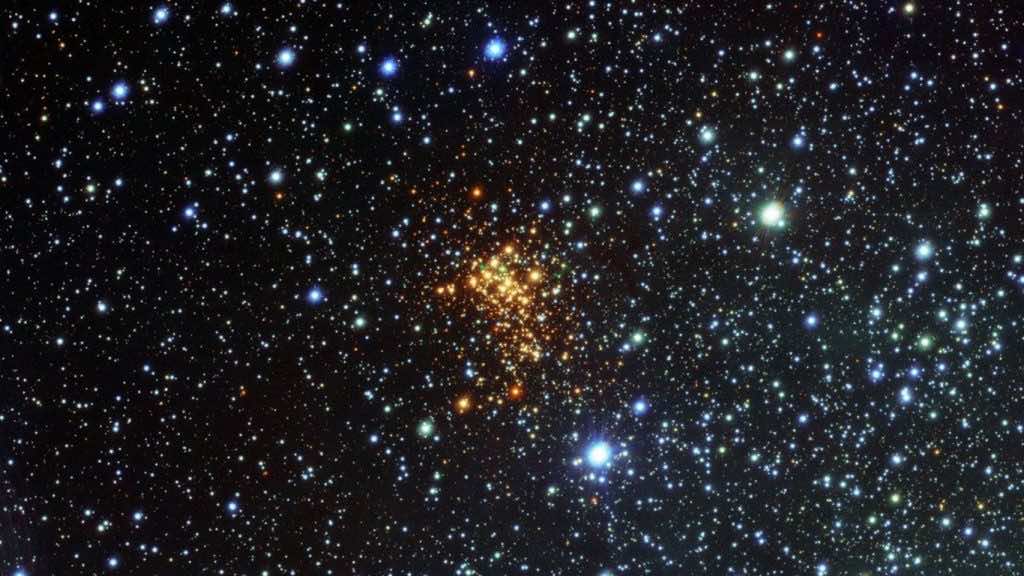Astronomers at the University of Arizona have come up with a model of VY Canis Majoris, a red hypergiant that might just be the largest star in the Milky Way. They will use that model to predict how it will die.
Earlier, it was believed that they used to explode on their own, but observations suggested that might be untrue. The current theory states that it is probable that they collapse into a black hole, which is very difficult to observe directly.
It is still unknown what the characteristics of the stars that would evolve into black holes are; and to find out, it would be beneficial to have a model.
The team picked VY Canis Majoris as an excellent stand-in for the type of red hypergiants they were interested in learning more about.
The star itself is massive, ranging from 10 AU to 15 AU (astronomical units) in size. And it is only 3,009 light-years away from Earth as it is. This makes VY Canis Majoris, which resides in the southern constellation Canis Major, fascinating to observers.
Its size and proximity to our Solar System make it an excellent observational candidate. With good observational data, astronomers can see the mesmerizing complexity of what the star’s surface actually looks like.
The UA researchers used time on ALMA to collect radio signals of the material that is blasted into space as part of the eruptions.
That material, including sulfur dioxide, silicon dioxide, and sodium chloride, would enable them to detect the speed at which it moves, rather than just the static presence of other ejecta, such as dust.
To do so, they had to align all 48 dishes of ALMA and collect over a terabyte of data to get the correct information.
Processing such complex data is quite time-consuming but they were able to present their findings to the American Astronomical Society in mid-June.

